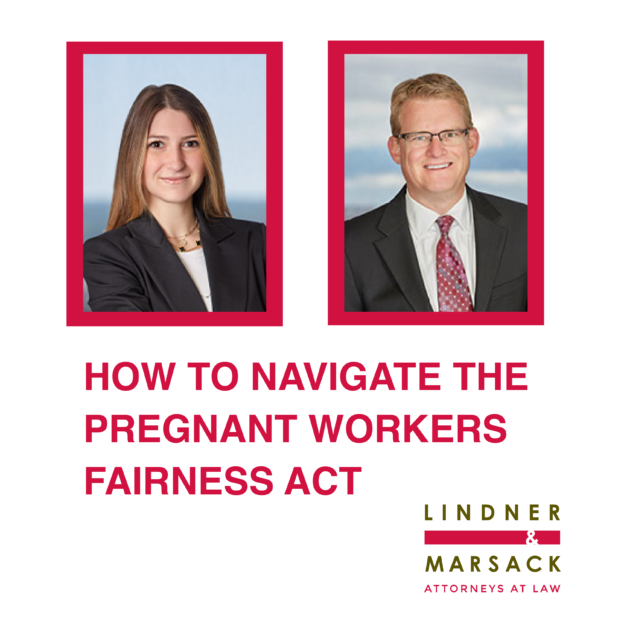By: Alexandra (Sasha) Chepov and Oyvind Wistrom April 24, 2024 On April 15, 2024, the Equal Employment Opportunity Commission (EEOC) issued its final regulation to carry out the Pregnant Workers Fairness Act (PWFA), which went into effect on June 27, 2023. The regulation will go into effect on June 18, 2024. By way of background, […]


